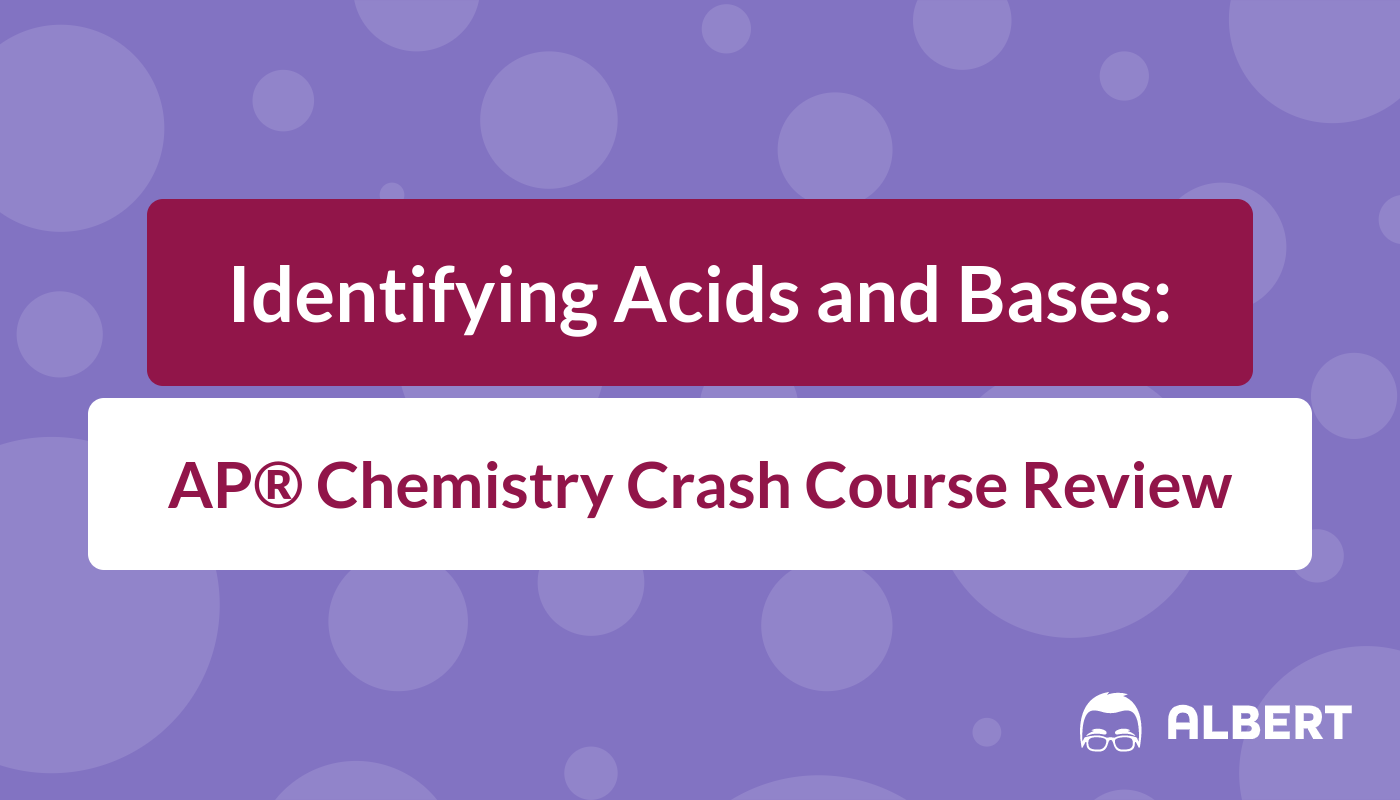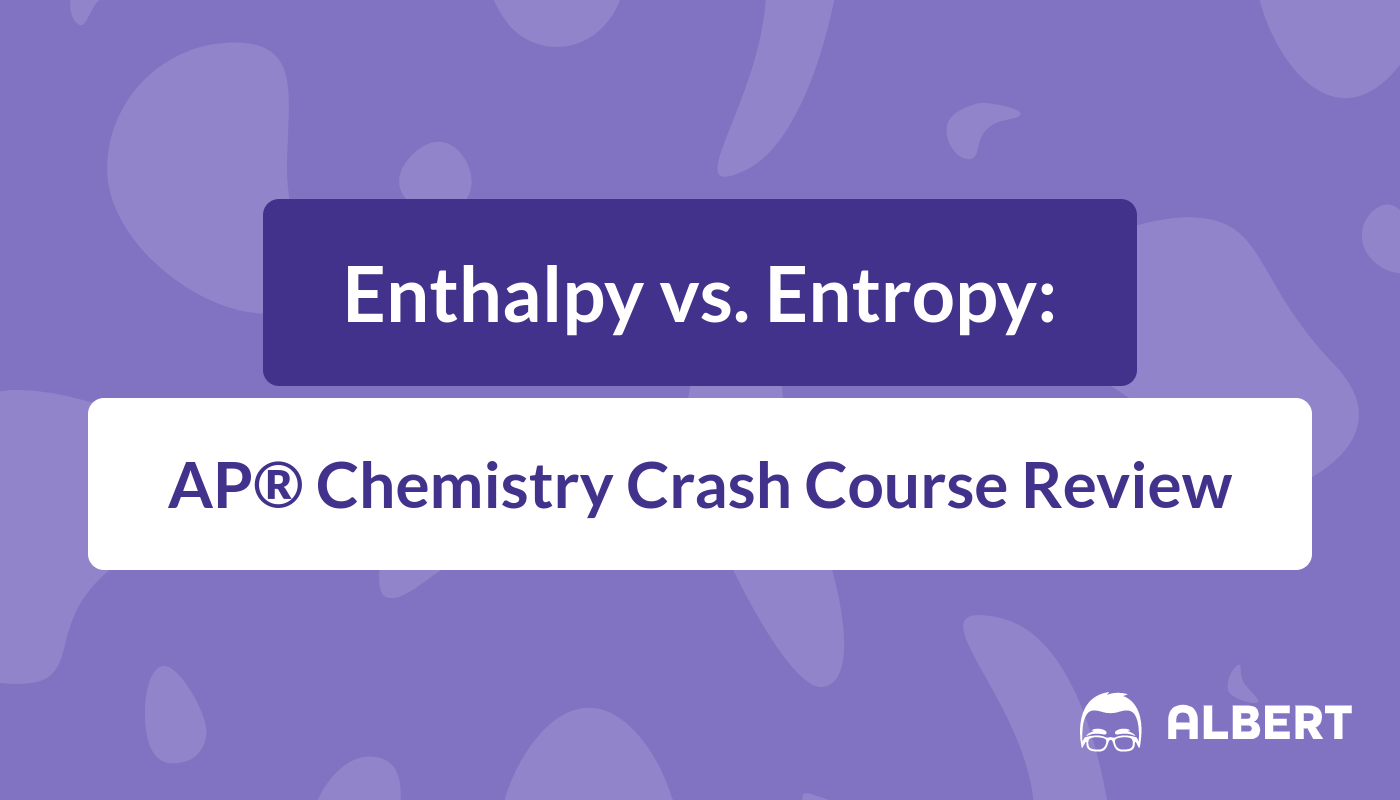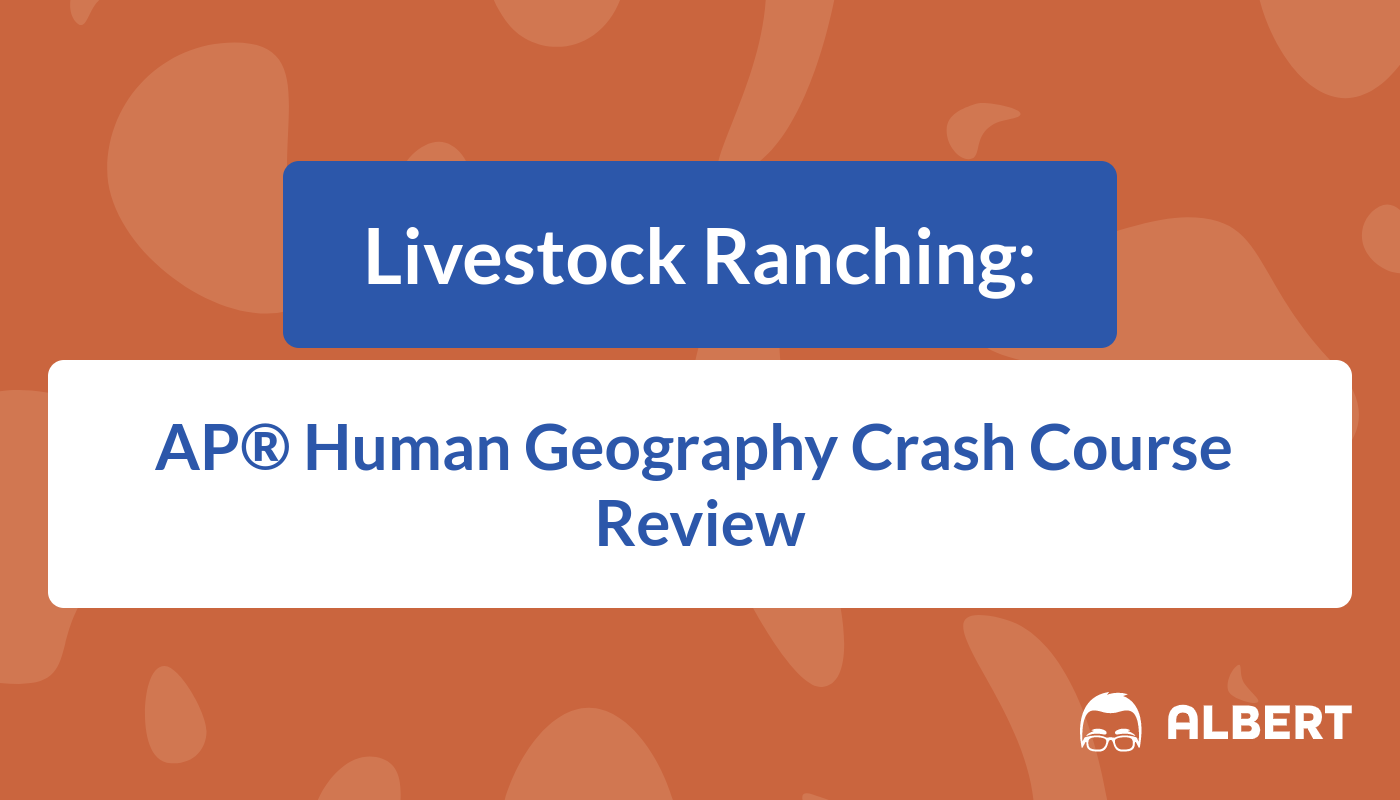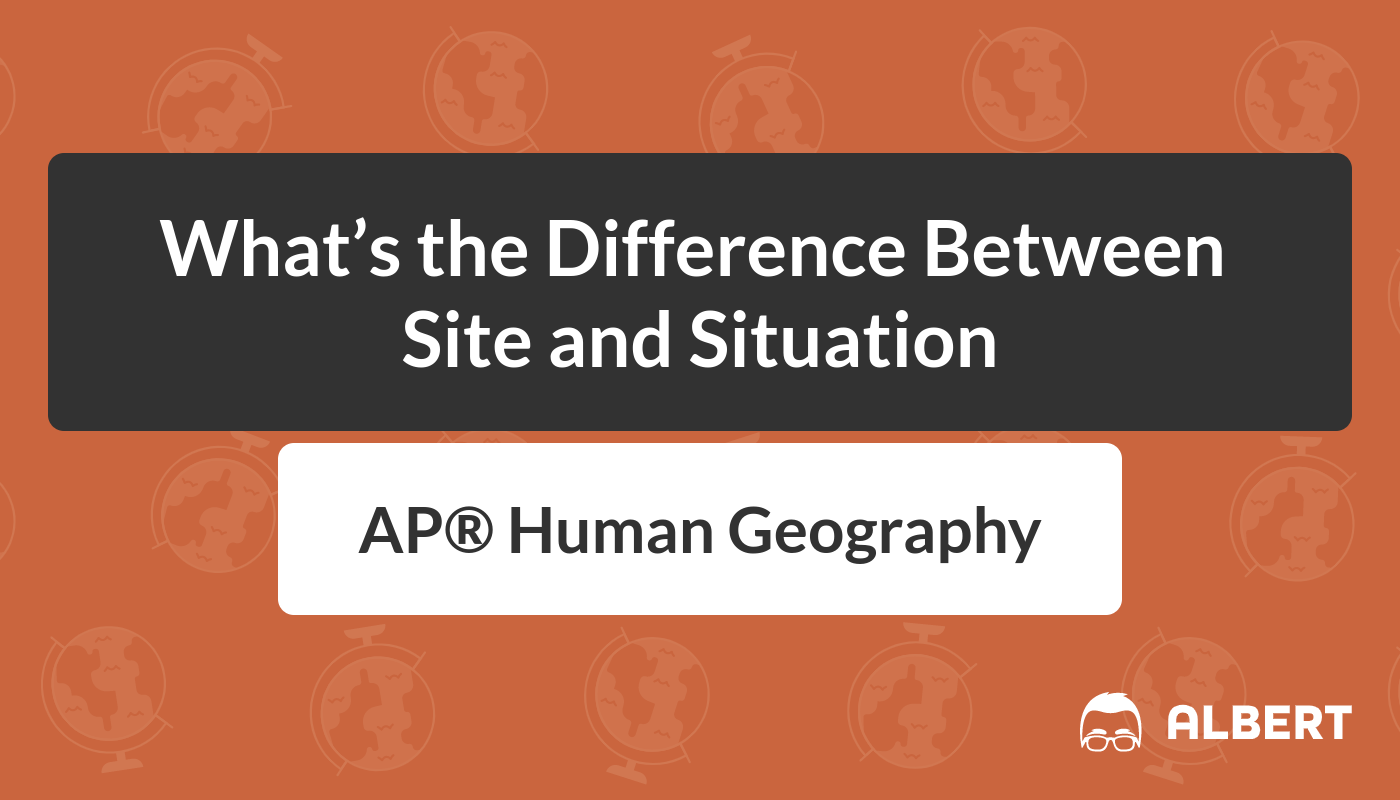Heredity: AP® Biology Crash Course Review
Have you ever wondered about those surprising traits that leave families wondering where they came from? The answers aren’t always straightforward, but the study of genetics has helped us to better understand heredity and how it works. In this AP® Biology Crash Course, we’ll discuss how heredity functions at its most basic level, and then work our way up to more complex types of inheritance.










